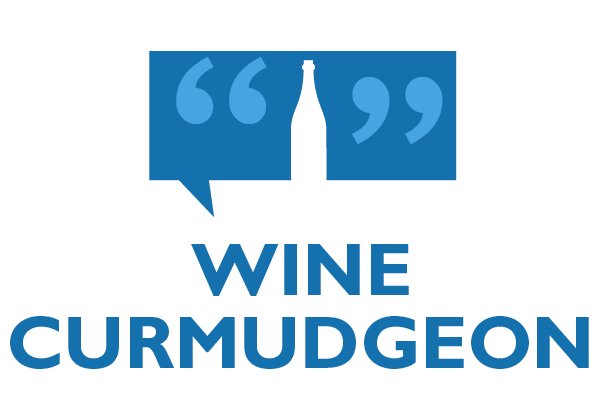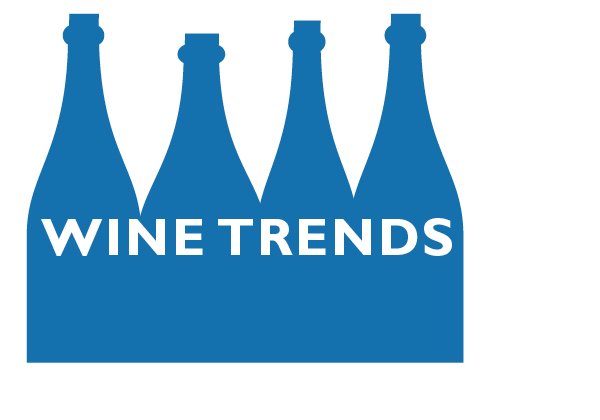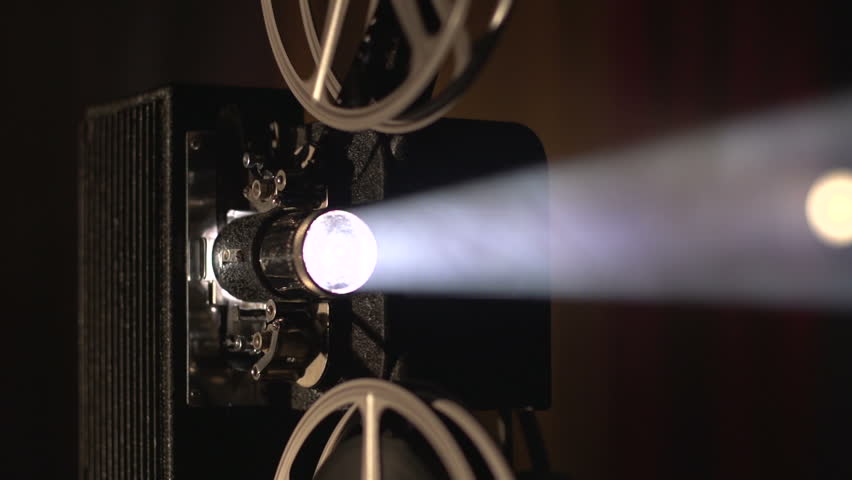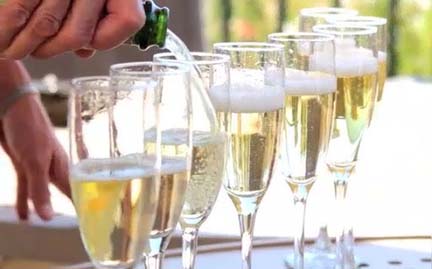Winebits 824: Napa train, lawsuits, Gallo

This week’s wine news: The Napa wine train takes a hit, plus another bubbly lawsuit and Gallo makes more cuts
• Wine train: The Napa wine train, about as much a symbol of the California’s region as there is, has gotten bad marks. A study calls it the 13th most overpriced attraction in the world and 53rd biggest tourist trap (just behind North Carolina’s Biltmore Estates for overpriced). The report, from USA Today and a credit card rating company, analyzed more than 23.2 million Google reviews of the 500 most popular tourist attractions in the world, looking for terms like tourist trap, overrated, or expensive. To be fair, though, Elvis Presley’s Graceland was ranked No. 25 for tourist traps, which seems harsh. Yes, it’s expensive, as well as surreal, Kafkaesque and even corny, but hardly a tourist trap.
• More lawyers! The WC’s favorite Champagne litigator is at it again. Louis Roederer, which sued $7 Spanish cava Cristalino for infringing on its high-end Cristal bubbly, is suing a small London winery that uses “Crystal” on its bottles of pet nat pink wine. thedrinksbusiness reports that Renegade Urban Winery sells a £28 bottle of Crystal Pet Nat Pink wine, named after customer Crystal Lai (whose picture appears on a tag and bottle label). That was entirely unacceptable to Roederer, which says the product infringes on the trademark of its £300 Cristal. Is it any wonder I worry about the future of the wine business?
• Hail Columbia? E&J Gallo, the largest wine company in the U.S., has closed its Columbia Winery wine club. This follows Gallo closing the winery’s Woodinville tasting room less than a year ago. Sean Sullivan reports that there is no indication that Gallo is closing the Washington state winery, which it bought in 2012. But the company did eventually close Covey Run, which it bought with Columbia, and laid off 355 employees in California earlier this year.













 This week’s wine news: Yet another wine lawsuit, plus a winery cuts tasting room fees and a wine writer takes Napa Valley to task
This week’s wine news: Yet another wine lawsuit, plus a winery cuts tasting room fees and a wine writer takes Napa Valley to task